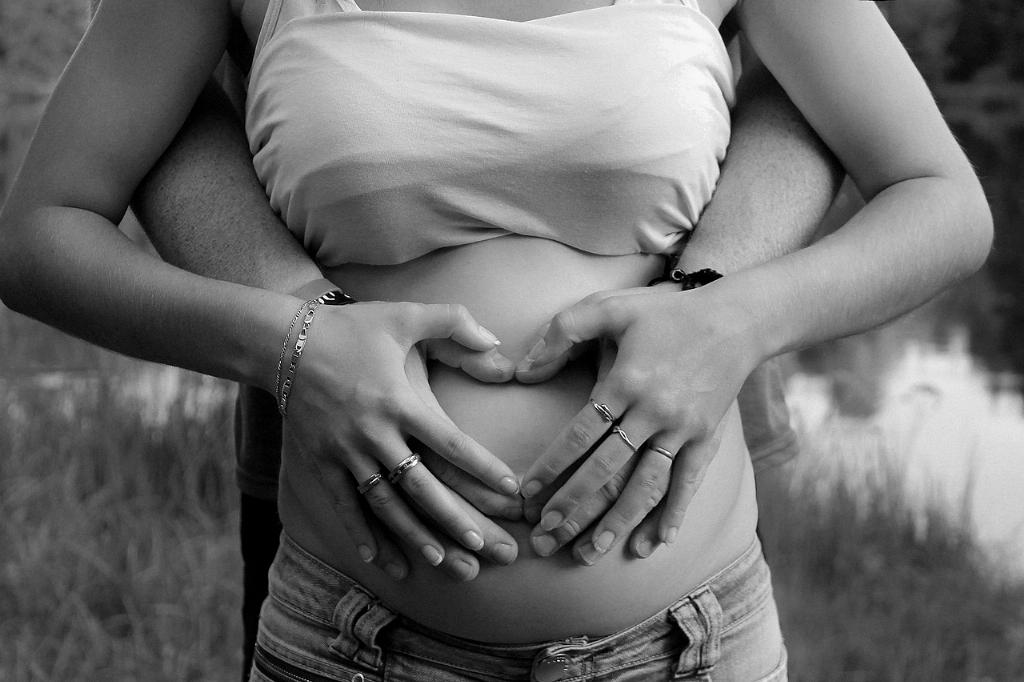Postpartum internal bleeding is a serious condition that can occur after giving birth. It is essential to be aware of the signs and symptoms to seek prompt medical attention if needed.
Common Symptoms
Internal bleeding postpartum can present with a variety of symptoms, including an increased heart rate. This may be accompanied by low blood pressure, indicating a potential issue that requires immediate medical intervention.
Physical Signs
Individuals experiencing internal postpartum hemorrhage may notice pain and swelling around the vaginal area. These physical signs can be indicative of underlying issues that should not be ignored.
Diagnostic Process
When evaluating internal bleeding postpartum, healthcare providers will conduct a thorough physical examination. This may involve checking vital signs and assessing the severity of symptoms.
Medical History
Understanding the patient’s medical history is crucial in diagnosing internal postpartum hemorrhage. Past pregnancies and any relevant health conditions can provide valuable insights for healthcare professionals.
Seeking Medical Help
If you suspect internal bleeding postpartum or experience concerning symptoms, it is essential to seek immediate medical assistance. Do not hesitate to contact your healthcare provider or visit the emergency room.
Risk Factors
It is important to be aware of potential risk factors for internal bleeding postpartum. Women who have had previous complications during childbirth or certain medical conditions may be at a higher risk.
Prevention Strategies
While internal bleeding postpartum cannot always be prevented, there are certain measures that can help reduce the risk. Proper prenatal care and regular check-ups can aid in early detection and management of potential issues.
Managing the Condition
If diagnosed with internal postpartum hemorrhage, healthcare providers will develop a treatment plan based on the individual’s specific situation. This may include medications, blood transfusions, or surgical intervention.
Emotional Support
Coping with internal bleeding postpartum can be emotionally challenging. It is essential to seek support from loved ones, healthcare professionals, and mental health resources to navigate this difficult time.
Follow-Up Care
After experiencing internal postpartum hemorrhage, ongoing follow-up care is crucial. Regular appointments with healthcare providers can monitor recovery progress and address any lingering concerns.
Conclusion
Internal bleeding postpartum can manifest with various symptoms, including an increased heart rate and pain around the vaginal area. Prompt medical attention, thorough diagnosis, and proper management are essential in addressing this condition effectively.

